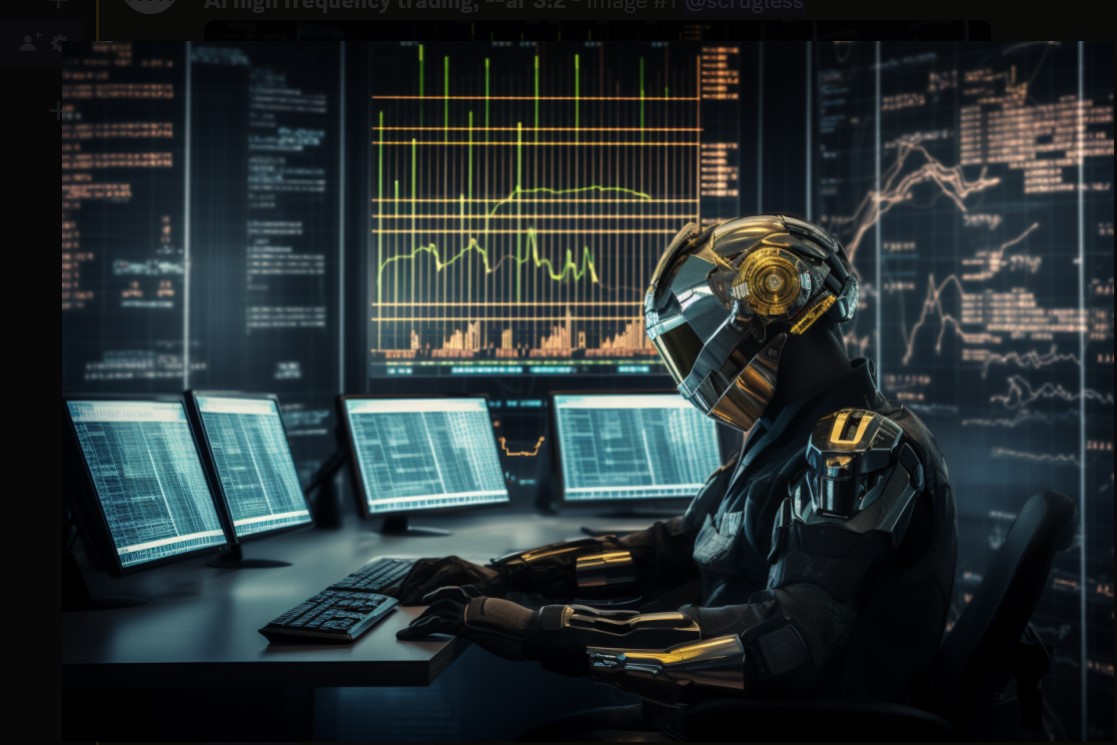High-Frequency Trading (HFT) has revolutionized the financial industry by executing a large volume of trades at astonishing speeds, often within milliseconds. In this dynamic and competitive landscape, the integration of Artificial Intelligence (AI) systems has emerged as a game-changer, offering numerous benefits that propel HFT to new heights. This article delves into the advantages of using AI systems in High-Frequency Trading, shedding light on how these technologies empower traders to make split-second decisions and achieve unprecedented levels of efficiency and accuracy.
HFT operates in a realm where the slightest delay can result in missed opportunities or financial losses. AI systems excel in processing vast amounts of real-time data swiftly and accurately, allowing traders to make informed decisions with minimal latency. Advanced machine learning algorithms can analyze market data, identify patterns, and uncover hidden correlations, enhancing the precision of trade execution.
AI-driven algorithms are capable of handling complex trading strategies that involve multiple parameters, conditions, and data sources. These algorithms can adapt to changing market conditions, optimizing trading strategies in real-time. By adjusting their parameters based on new data inputs, AI systems ensure that trading strategies remain effective and competitive in rapidly evolving markets.
In HFT, risk management is crucial due to the potential for rapid and significant losses. AI systems can monitor positions, market volatility, and other risk factors in real-time. They can automatically implement risk-reduction measures, such as dynamically adjusting position sizes or hedging strategies, to minimize potential losses and protect traders' capital.
AI's predictive capabilities are invaluable in HFT, where anticipating market movements is key to profitability. Machine learning models trained on historical data can identify trends, patterns, and anomalies that human traders might overlook. This predictive power empowers traders to make timely decisions based on data-driven insights, increasing the likelihood of favorable outcomes.
Sometimes, human emotions can cloud judgment and lead to impulsive decisions. AI systems are devoid of emotional biases, enabling traders to maintain a rational and systematic approach to trading. By adhering strictly to predefined algorithms and strategies, AI helps avoid costly emotional mistakes.
These AI systems can detect price discrepancies across multiple markets and execute trades to exploit arbitrage opportunities almost instantaneously. This capability enhances market efficiency by aligning prices across different exchanges and minimizing price discrepancies. As a result, AI-powered HFT contributes to smoother market operations and fairer pricing mechanisms.
News and sentiment play a significant role in influencing market movements. AI-powered natural language processing (NLP) models can swiftly analyze news articles, social media posts, and other textual sources to gauge market sentiment. Traders can adjust their strategies based on the sentiment analysis results, ensuring that their decisions are aligned with prevailing market sentiment.
HFT relies on executing trades at optimal prices. AI systems can execute orders with high precision and minimal slippage, as they can process market data and execute trades at lightning speeds. This precision leads to cost savings and improved overall trade performance.
HFT systems typically have the capacity to learn from past trades and adapt their strategies over time. Through a process called machine learning, these systems analyze the outcomes of previous trades, identify patterns, and refine their algorithms to enhance future performance. This iterative learning process enables AI-powered HFT to evolve and remain effective in dynamic market environments.
Traditional trading often requires significant human resources for analysis, monitoring, and execution. AI systems can automate many of these tasks, reducing the need for extensive human intervention. This not only lowers operational costs but also frees up traders to focus on more strategic aspects of their trading activities.
The integration of AI systems in High-Frequency Trading has ushered in a new era of efficiency, accuracy, and competitiveness. With their rapid data processing capabilities, predictive analytics, and adaptability, AI systems empower traders to make split-second decisions in a high-stakes environment. From risk management to real-time sentiment analysis, these systems offer an array of benefits that elevate HFT to unprecedented levels of success. As technology continues to advance, AI's role in HFT is likely to expand further, shaping the future of financial markets and redefining the landscape of trading strategies. However, it's crucial to recognize that while AI offers remarkable advantages, its implementation requires a deep understanding of both technology and market dynamics to ensure responsible and effective use.
Midjourney prompt: “AI high-frequency trading”


